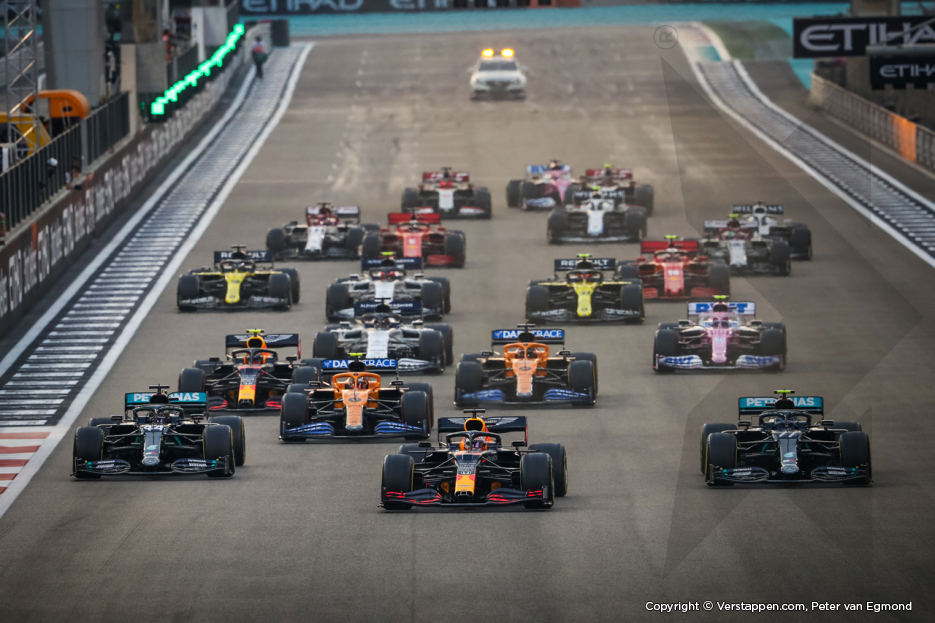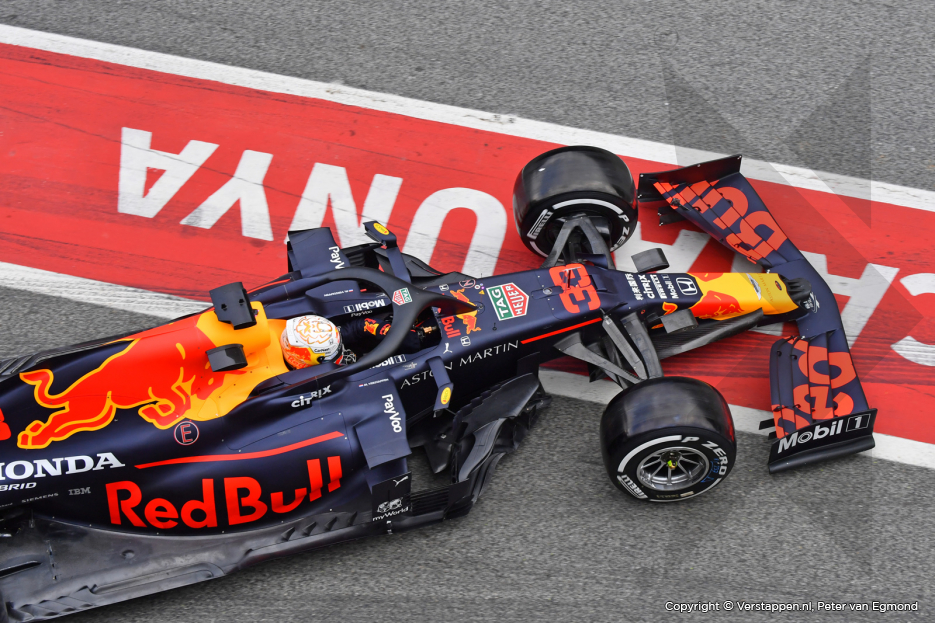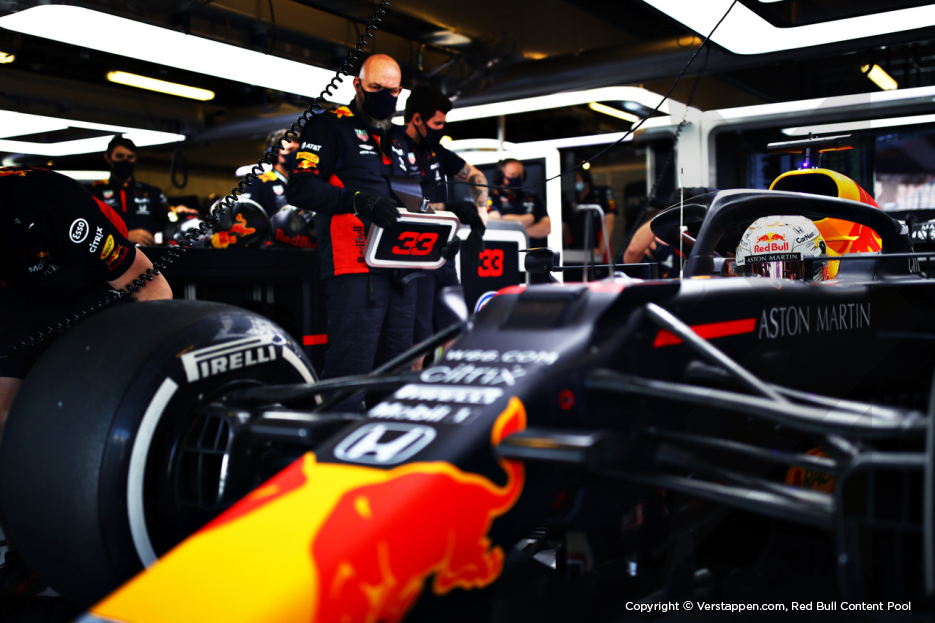2021 F1 rules and regulation changes
Published on 10 January 2021 by Kees-Jan Koster
The first few months in the new year are traditionally all about the performance of the new Formula 1 cars. While it seems not much is changing in 2021, given the radical rule changes for 2022, there are some small, but significant, add-ons for this season. Here is an overview of the changes for coming season.
The most significant changes will be in the cars’ floor. In previous years, the teams used slots in the floor of the car to generate more downforce. From 2021 it is not allowed to have slots in the cars’ floor. The floors will also feature triangular cutaways at their rear, reducing the downforce-generating surface area on cars further.
Alongside the floor changes, there will be alterations on the brake ducts and diffuser. The brake duct winglets on the lower half of the ducts are set to be reduced in length by 40mm to 80mm. The diffuser fences, those vertical strakes you see hanging down on the back of the cars’ diffusers, will be reduced in length by 50mm.
Each of these changes are meant to limit the downforce levels of the Formula 1 cars to help Pirelli. The tyre supplier recorded last year the biggest forces in the corners in the Formula 1 history, which contributed to the three blown tyres during the British Grand Prix. Reduction of downforce and new, stronger compounds should fix these issues.
Another noticeable trend from the last couple of years was to increase the minimum weight of the cars. In 2021 the cars must weigh at least 752 kilograms, six more than previous year. This comes partly from the increased minimum weight of the power unit, an attempt to discourage the teams of using expensive, weight-saving materials.
Another new development for 2021 will by the introduction of sliding scale aerodynamic testing regulations. The lower a team finished in the championship table in 2020, the more time they’ll be afforded to work on the aerodynamics of their 2022 car, be that in the wind tunnel or with their Computational Fluid Dynamics (CFD) simulations. Mercedes is set to get 90% simulation time in 2021, while Williams get 112.5%. Those changes will be even more pronounced from 2022 onwards.
To reduce cost the much talked about budget cap is introduced. It is for the first time in the history of the Formula 1 that a cost cap is introduced. This season teams can spend 145 million dollars (just under 120 million euros), which is set to be reduced to 140 million and 135 million for 2022 and 2023 respectively. The cost cap covers every aspect of running a Formula 1 team, exceptions are for example marketing and the driver salaries.
Lastly, from this year copying parts will be clamped down. After the furore caused by the Racing Point which looked suspiciously like the 2019 Mercedes, the 2021 Technical Regulations have moved to shut down the possibility for teams to repeat that tactic going forward. It is no longer allowed to reverse engineer another competitor’s car and use of 3D cameras to scan other teams’ machinery.






